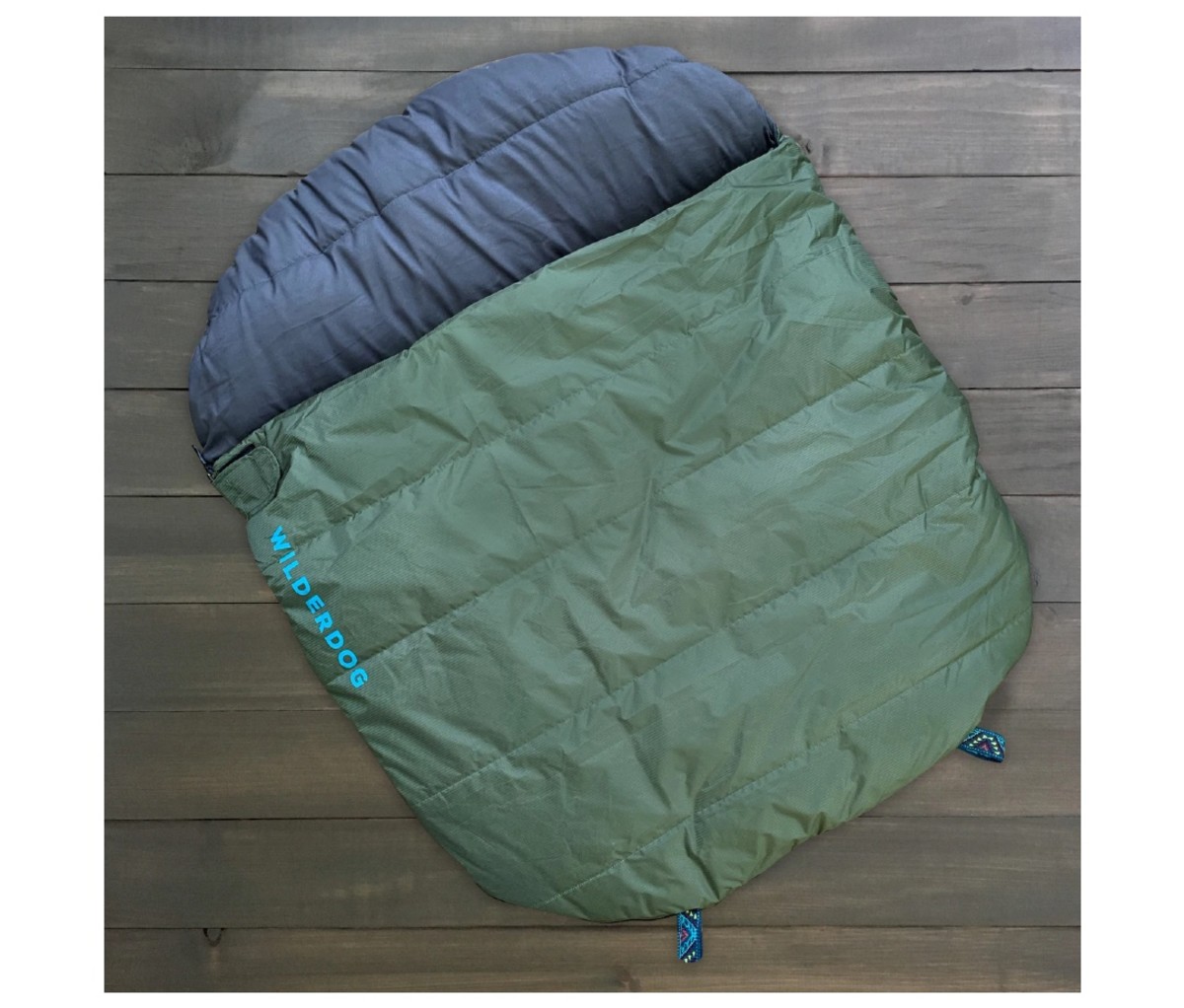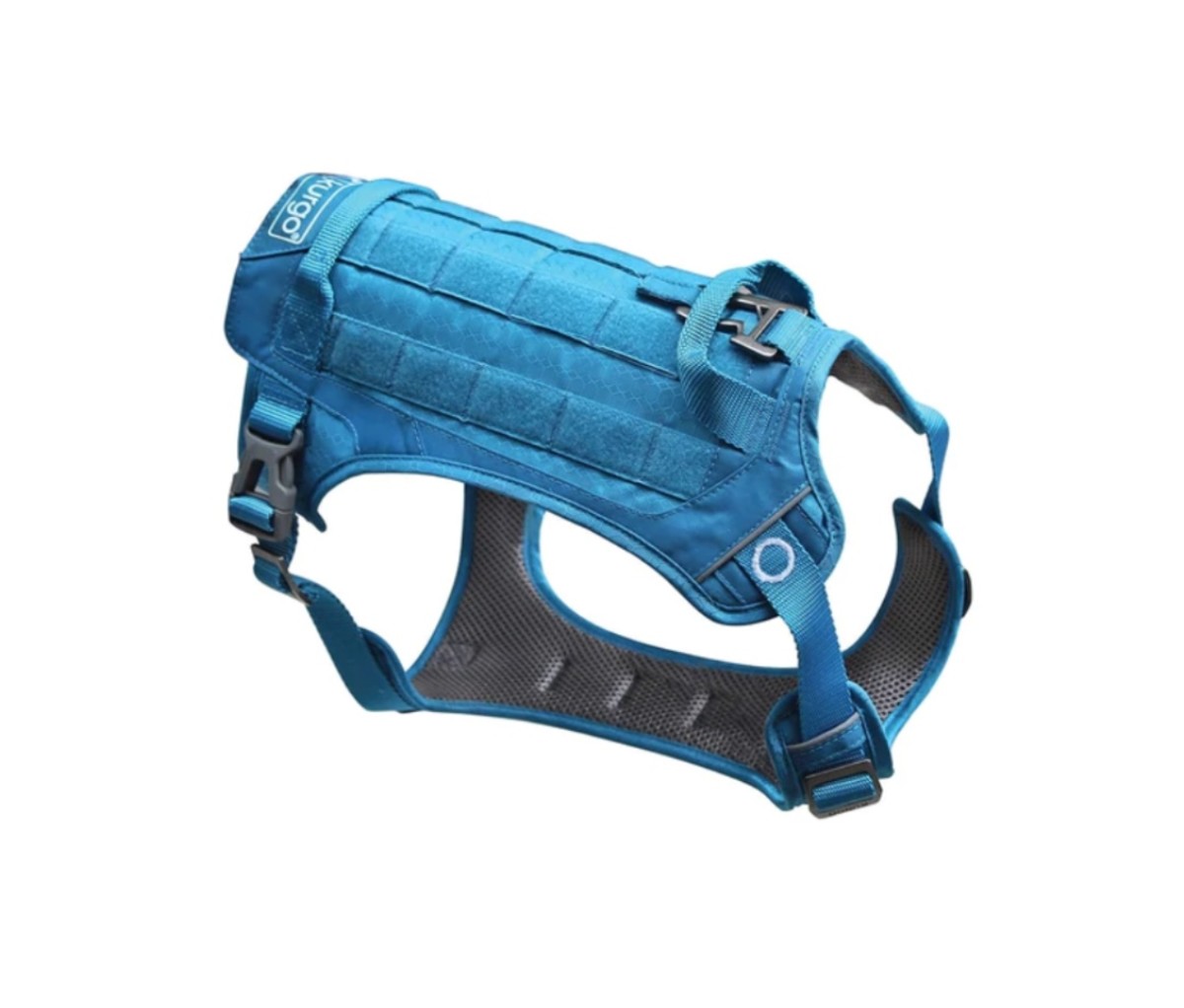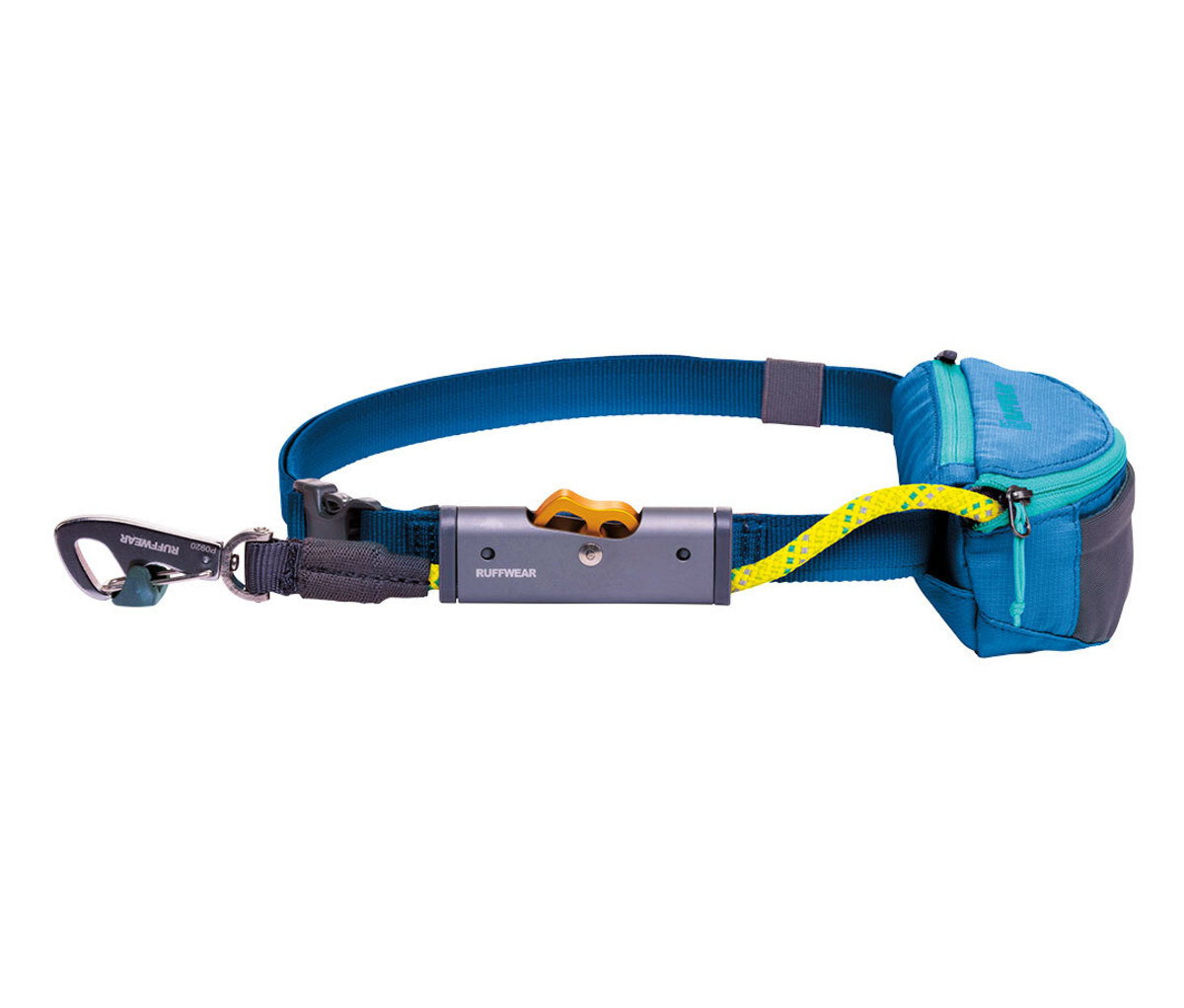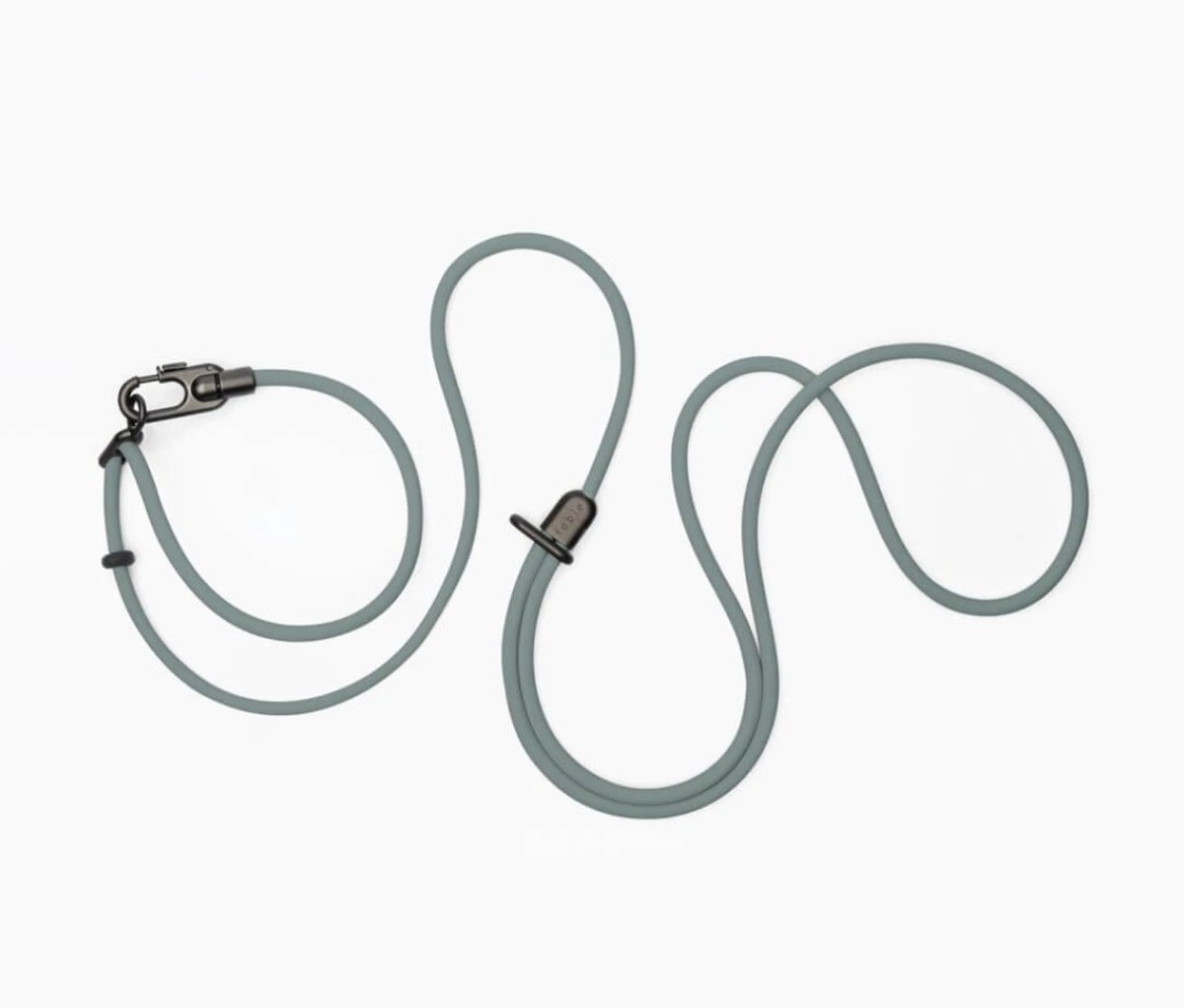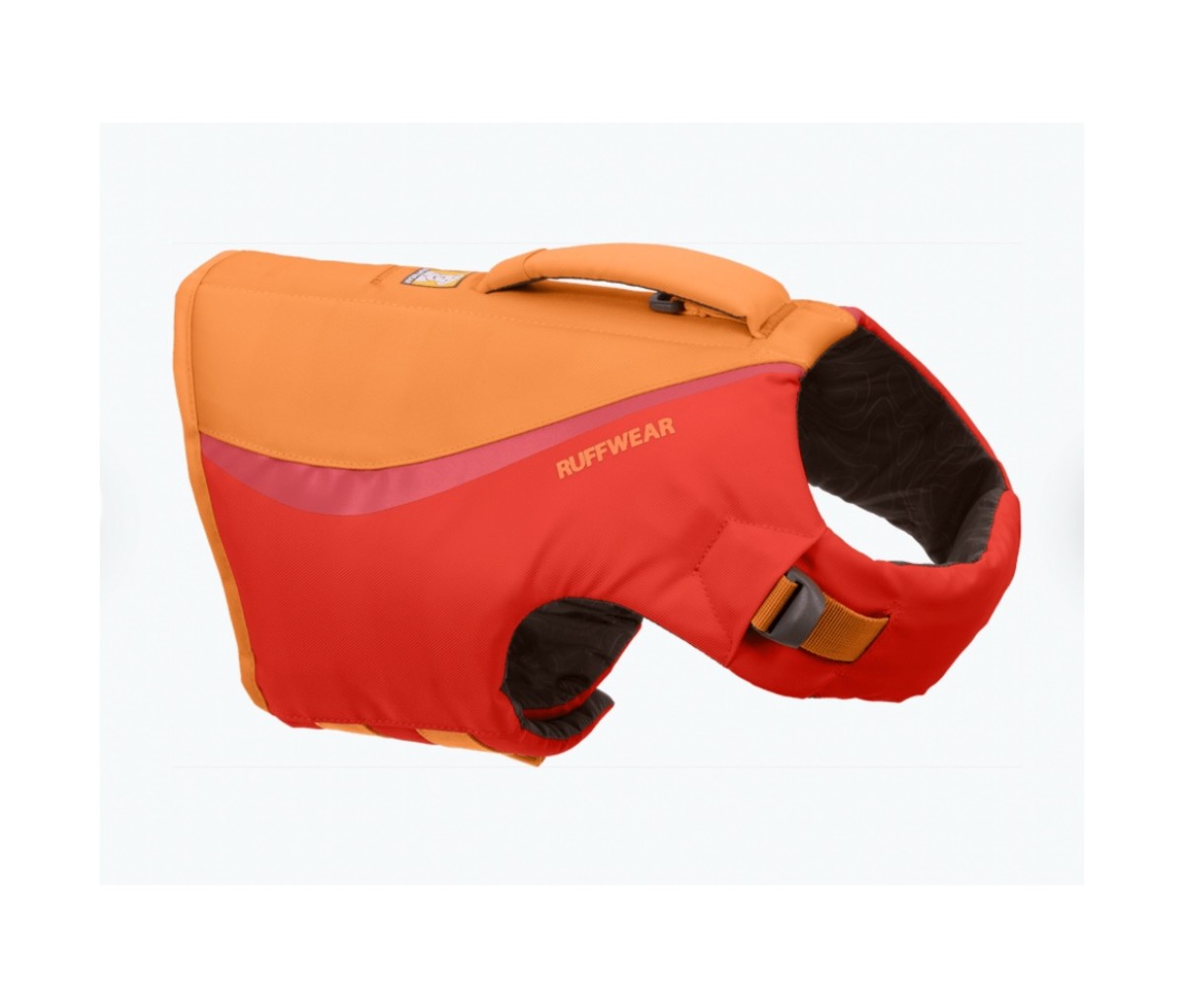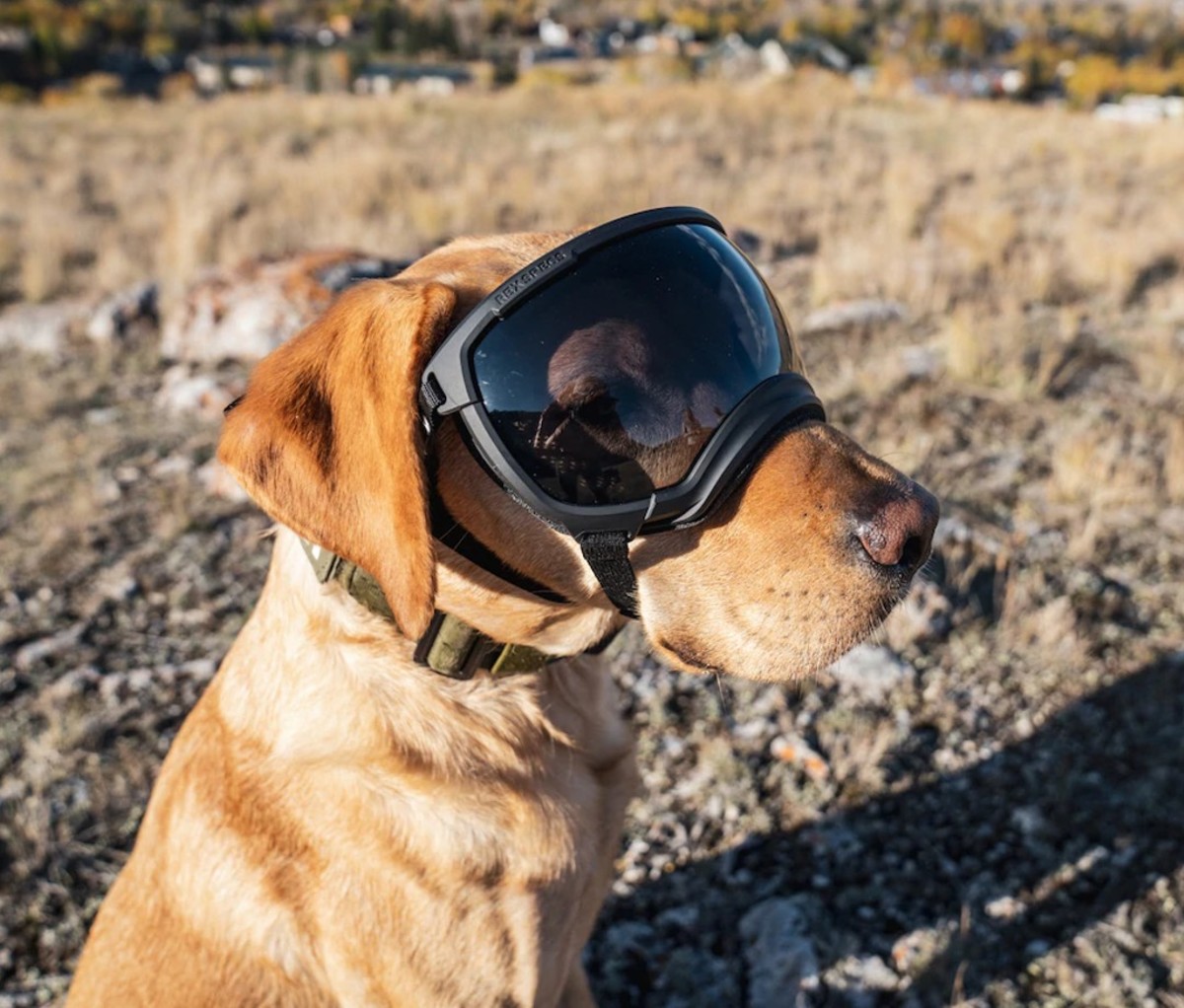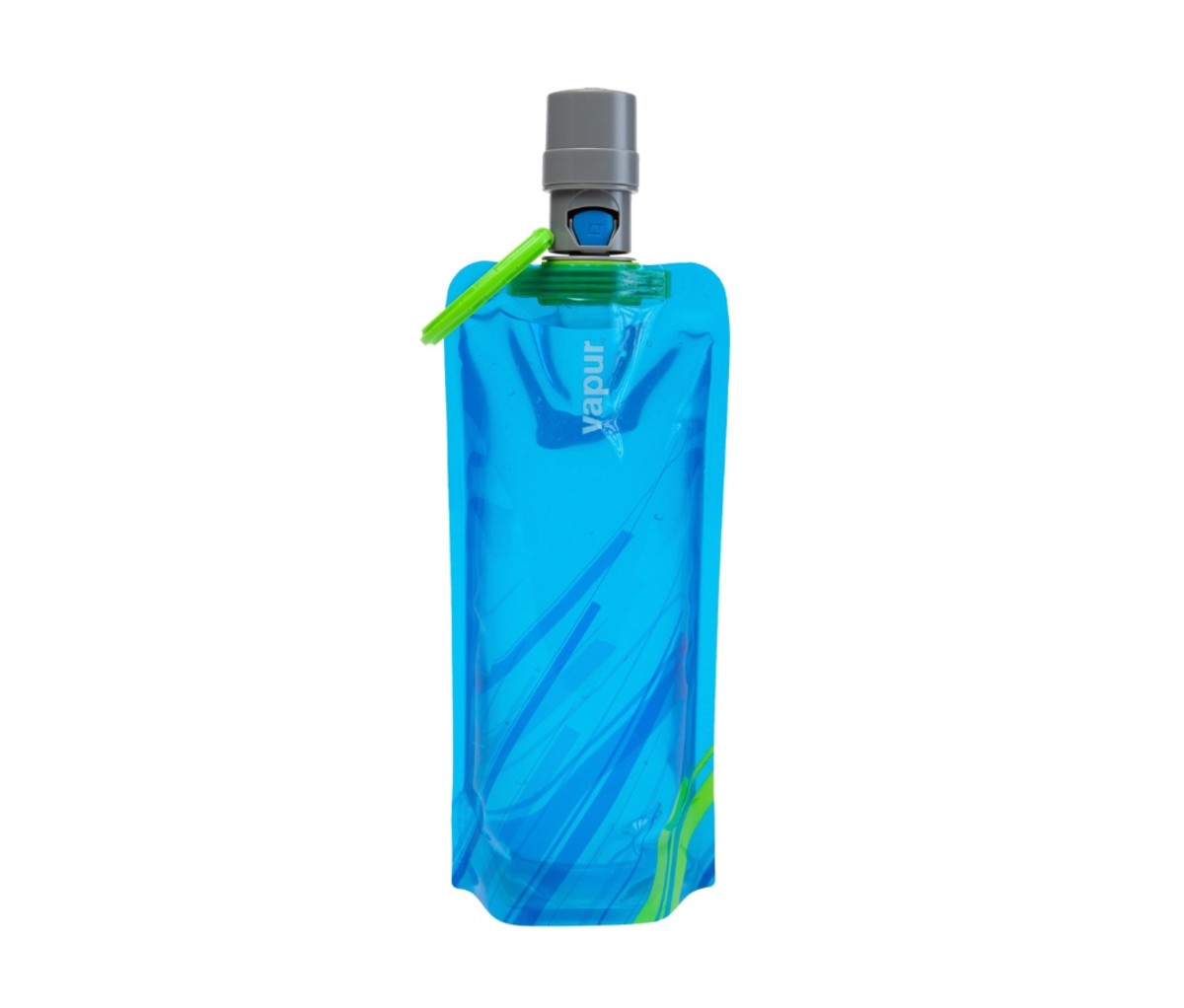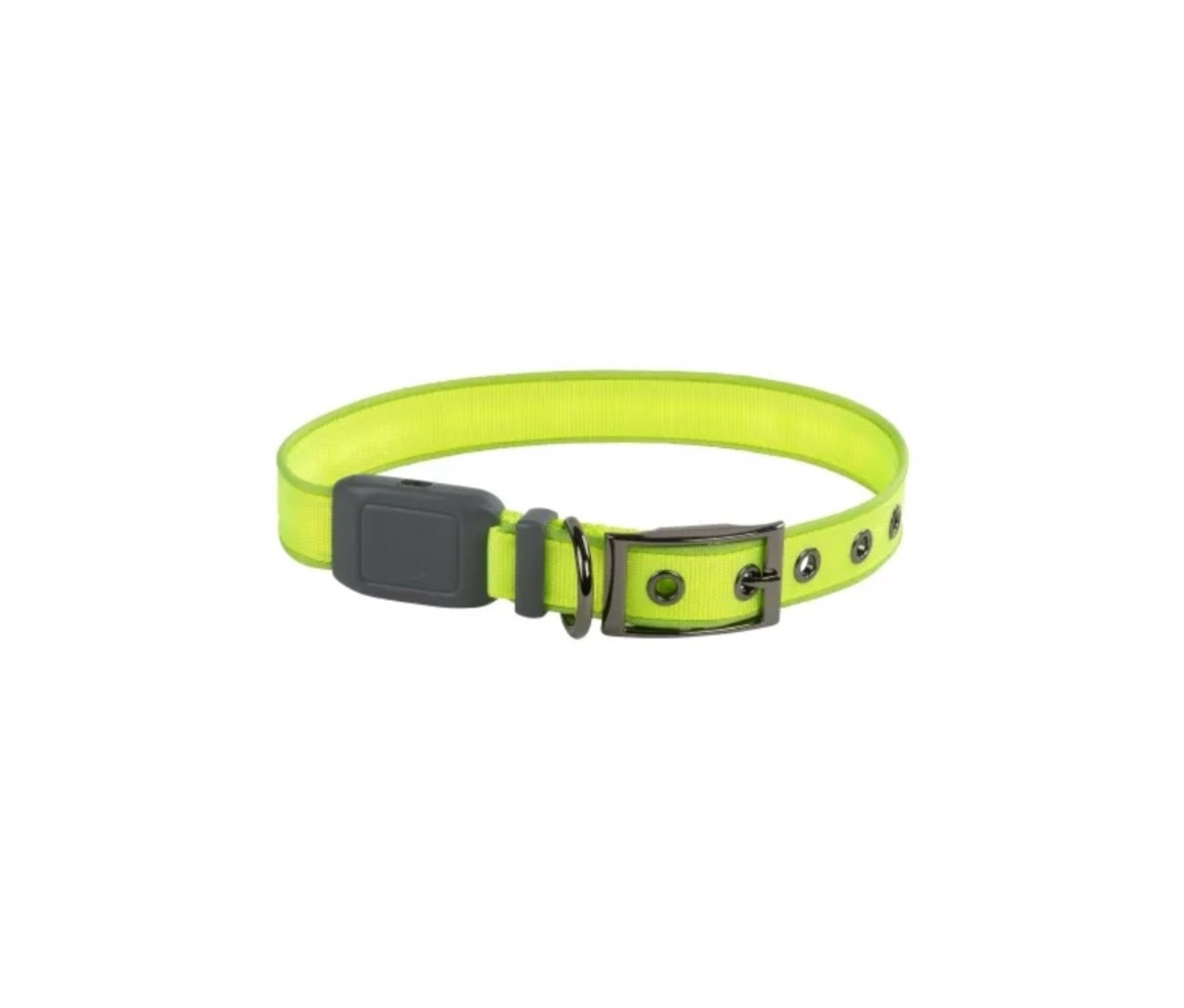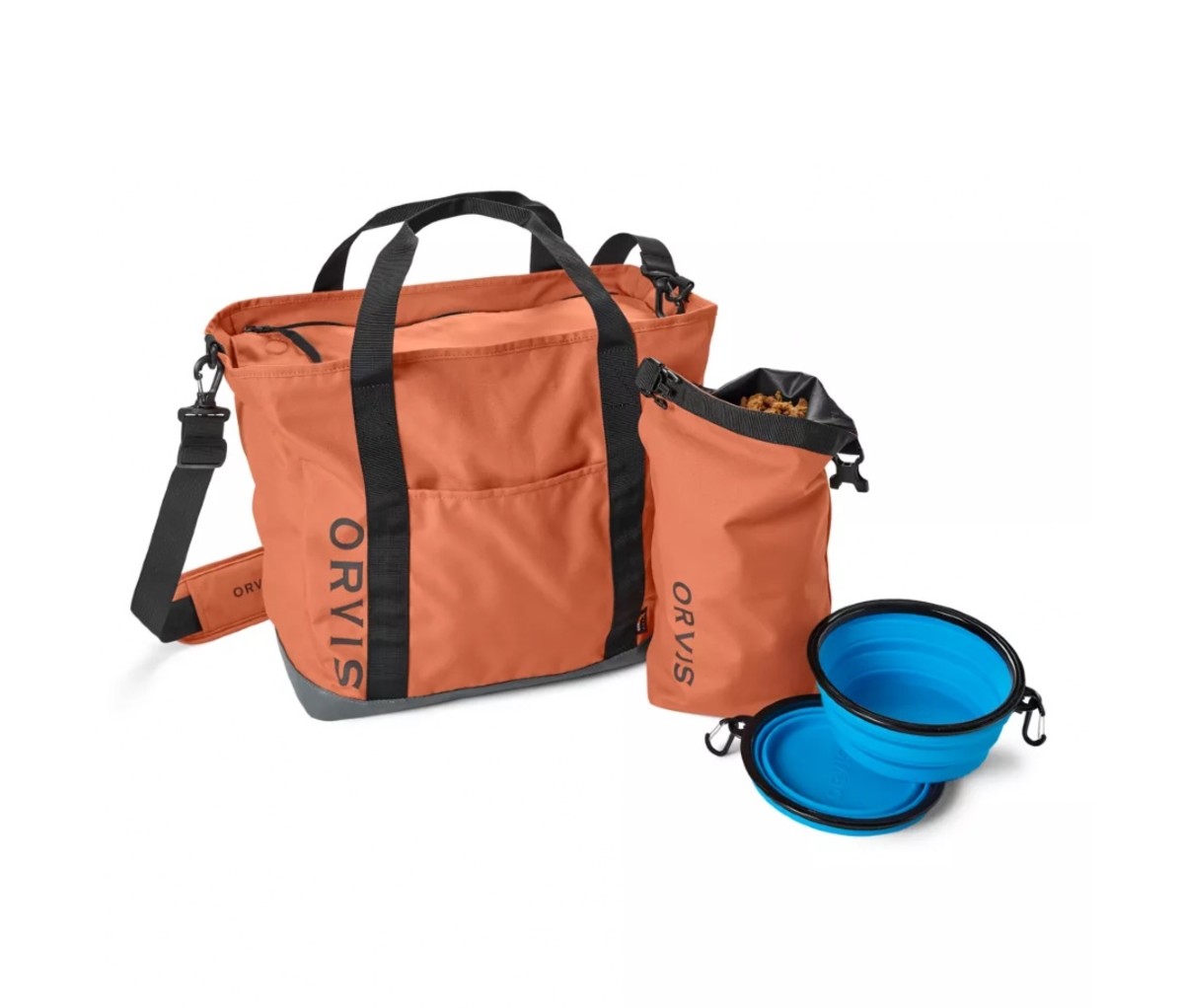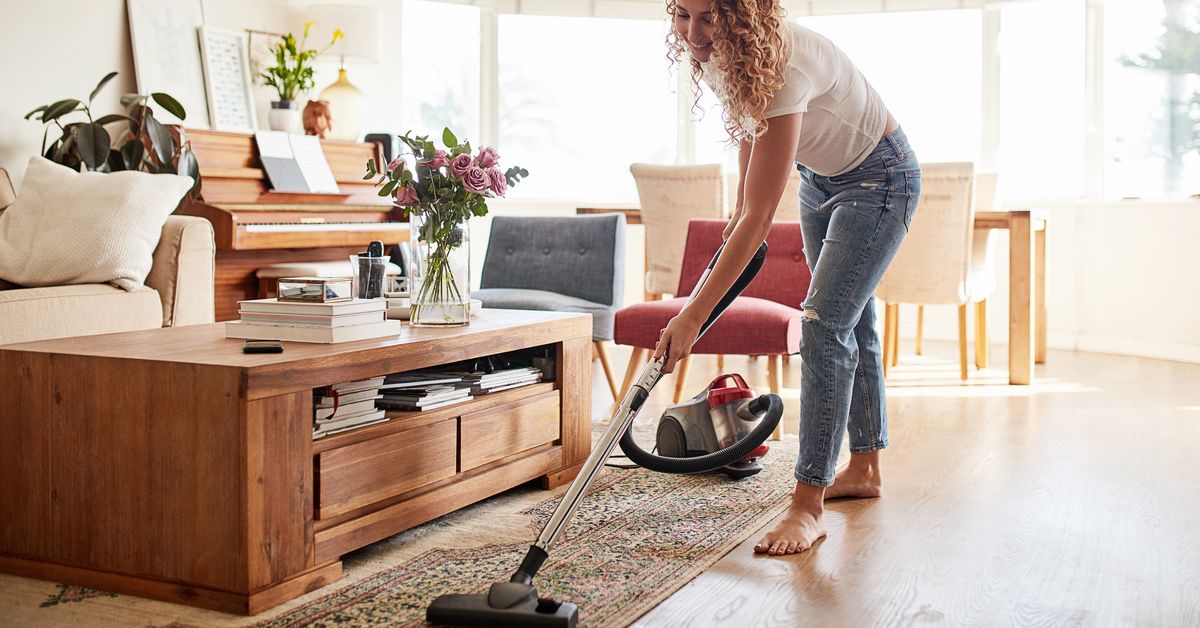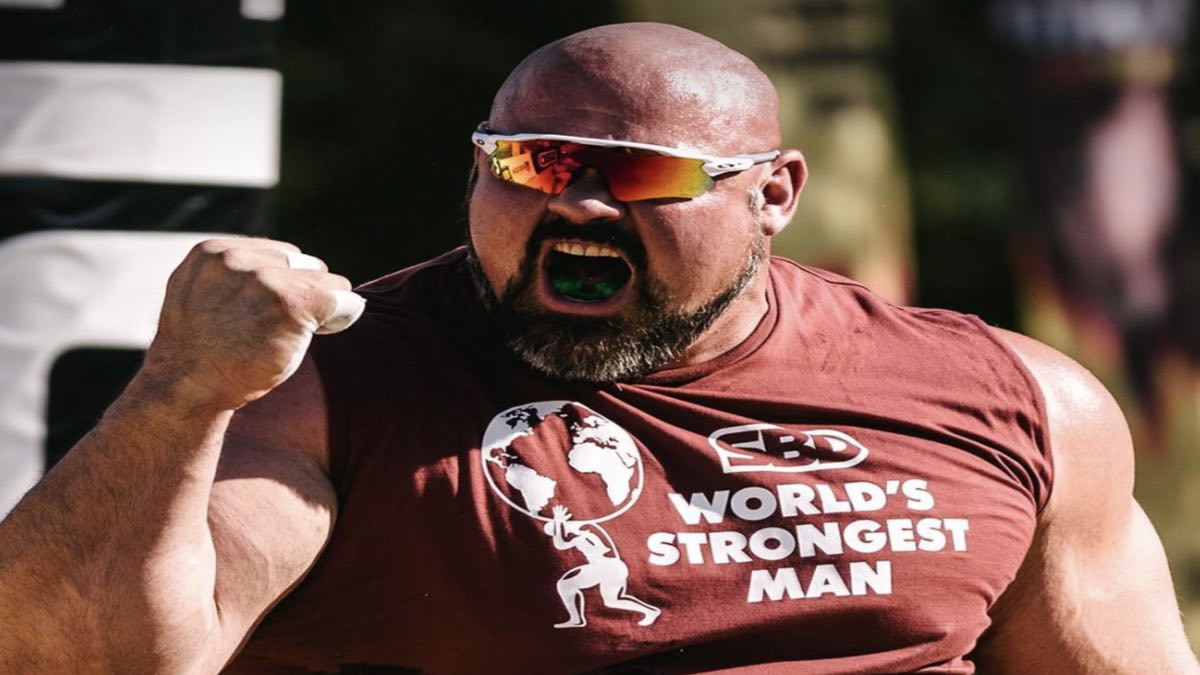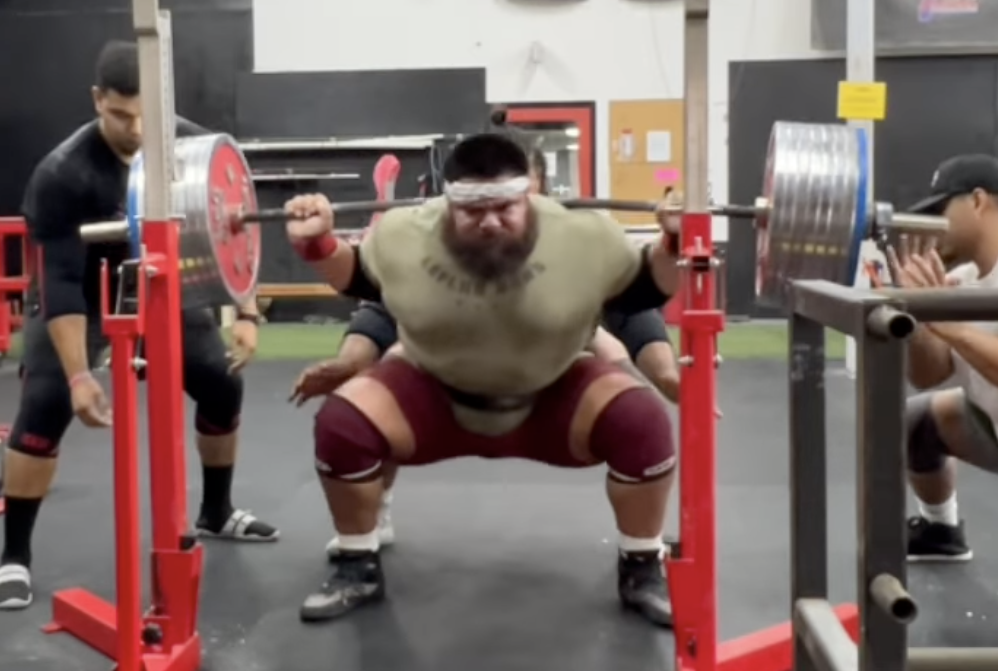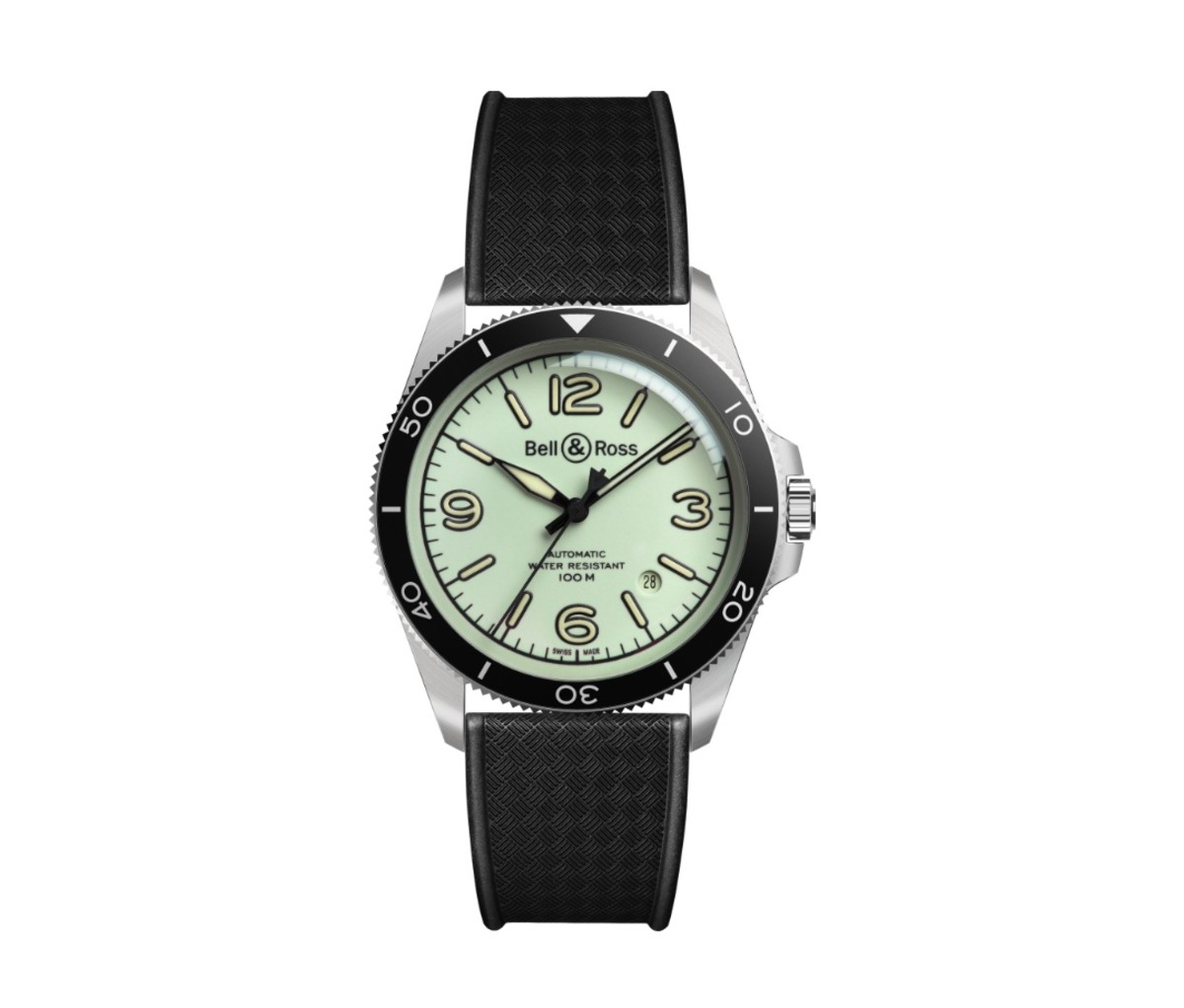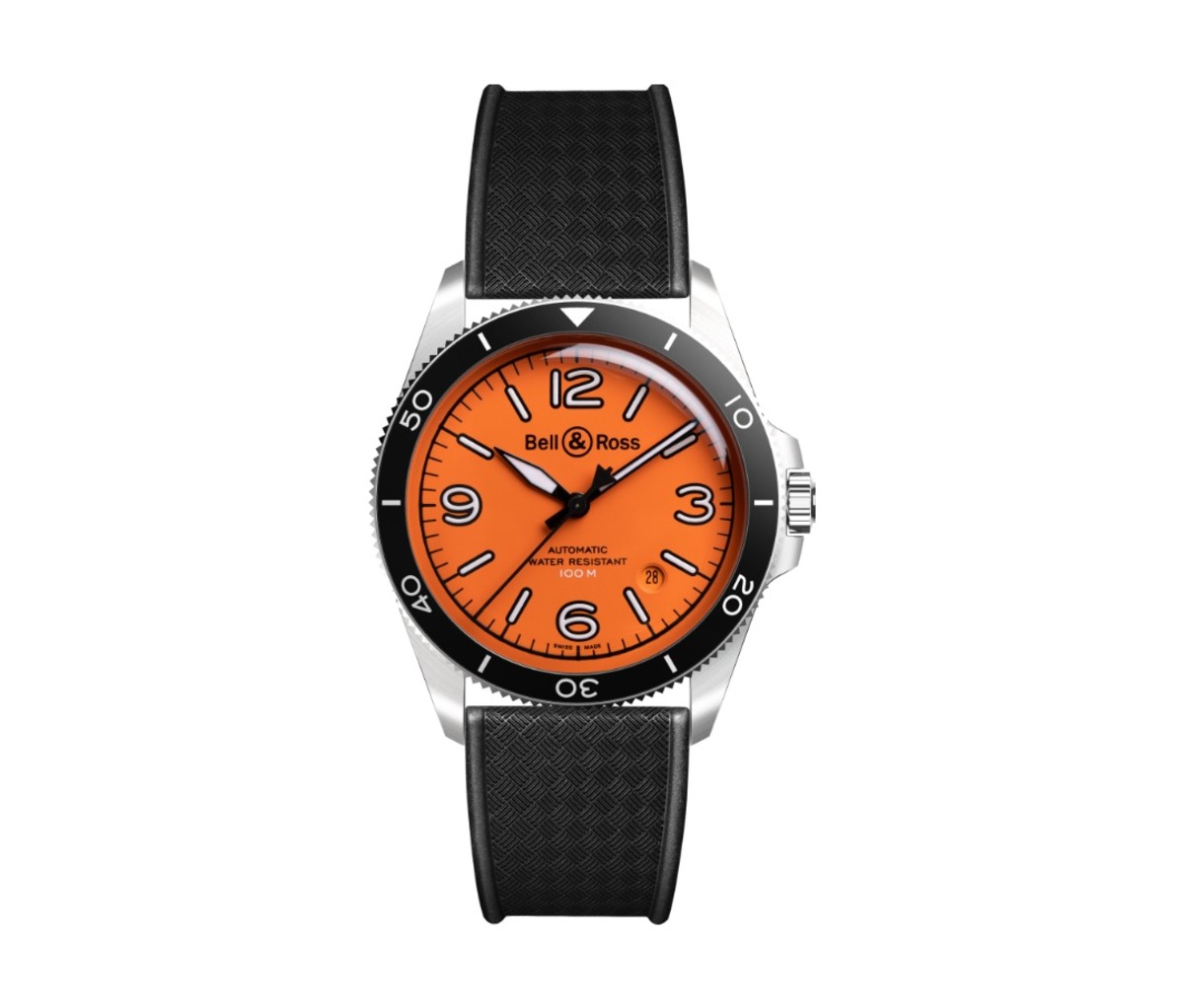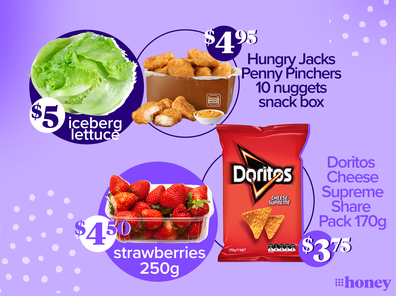If you tried to imagine the perfect gym teacher, you’d probably come up with someone a lot like Hampton Liu. He’s a gentle, friendly guy who spends most of his time trying to figure out how to make the basics of exercise more approachable, and he talks frequently about how he never wants anyone to feel shame for their ability or skill level. In other words—and with apologies to good gym teachers, who almost definitely exist—he’s probably the polar opposite of whoever lorded over your middle-school physical-education class.
And Liu is a gym teacher of sorts. He has amassed millions of followers across YouTube, Facebook, and TikTok by teaching a remedial PE course for adults from his Arkansas backyard. In many of his videos, he wears a T-shirt and jeans instead of specialized athletic gear, and he uses little or no equipment. The most popular installments take viewers through super-common exercises—squats, lunges, push-ups, pull-ups—with variations tailored to many different capability levels. For someone who has never exercised at all, a push-up might start as—or might just be—lying on your back and “bench-pressing the air” in order to expand your range of motion. There are several more types of push-up that Liu tells viewers to master before they assume the hands-and-toes position that’s long been taught to American kids as the One True Push-Up. (Kneeling variation acceptable for girls, if they must.)
Teaching a series of increasingly difficult movements, called a “progression” by fitness pros, is common at every level of exercise instruction and meant to build capacity over time. All progressions start somewhere, and most of the ones you can find on YouTube, through instructional services such as Peloton, or in classes at your local gym will assume a baseline of ability that a lot of people don’t have. The first step, for example, might be a standard squat, performed without weights. Over time, you might graduate to squatting while you hold a 25-pound kettlebell, and then to kicking out to the side with one leg in order to challenge a different group of muscles. But what if you can’t do a squat?
Read: Peloton is stuck, just like the rest of us.
Liu focuses on teaching progressions for novices, which work toward the skills that other types of exercise instruction take for granted. There’s a real audience for these, he told me. Lots of people seem to assume that their inability to do sets of those basic moves is an irreversible failure—for many of them, it’s been their lot in life since elementary-school gym class.
For decades, exercise instruction for adults has functioned on largely the same principle. What the fitness industry calls a “beginner” is usually someone relatively young and capable who wants to become more conventionally attractive, get swole, or learn a trendy workout such as high-intensity interval training or barre. If you’re a novice looking for a path toward these more intense routines, most of the conventional gyms, fitness studios, and exercise experts that offer them don’t have much for you—come back when you’ve developed on your own the endurance and core strength to avoid barfing, crying, or injuring yourself in the first 10 minutes. The situation is even worse if you have no designs on getting ripped and instead just want to build a baseline of capability, whether that’s for hoisting your toddler, shaking off the stiffness of a desk job, or living independently as you age.
On the surface, this is pretty dumb. More than three-quarters of Americans don’t currently hit the CDC’s recommended minimums for regular exercise, and the fitness industry is a graveyard of once-buzzy businesses that abruptly stopped growing—much to their investors’ chagrin—at least in part because they never had a plan to turn anyone into a customer who wasn’t already pretty fit. But the numbers suggest that there is enormous demand for services such as Liu’s: His super-popular videos make him just one recent example of the teachers and trainers who have found significant audiences by courting true beginners. In doing so, they’ve created entry points for more types of people to do something near-universally regarded as essential to mental and physical health. Why has the industry itself been so slow to catch up?
For most inactive Americans, the problem with working out starts where their relationship to exercise does: in gym class. According to Natalia Mehlman Petrzela, a historian at the New School and the author of the forthcoming book Fit Nation: The Gains and Pains of America’s Exercise Obsession, public-school physical education became more widespread in the United States during the Cold War, as the federal government began to worry that America was falling behind Europe and not producing enough combat-ready kids to challenge the Soviets. (That concern stretches back to the early 20th century and has endured for decades beyond the fall of the U.S.S.R.) Perhaps unsurprisingly, building physical instruction around a national inferiority complex instead of childhood well-being has had some consequences, the most enduring of which is an obsession with testing “fitness” instead of teaching practical physical skills and helping kids explore new activities.
The limitations of traditional American PE can be evoked pretty tidily with a single phrase: the Presidential Fitness Test. If you’re not familiar with the test or have repressed those memories, it was a biannual quasi-military exercise developed in the 1960s that required children as young as 6 to, among other things, run a mile as quickly as possible, do as many pull-ups as their little arms could handle, and get weighed, usually while all of their peers looked on. The criteria for passage varied over the years, and, in between tests, schools weren’t required to teach kids anything in particular that would help them improve their scores on the skill components. Instead, the test reflected the priorities of the system that created it: For example, kids deemed “overweight” couldn’t fully pass the test, even if they outperformed their classmates. The whole system was a big missed opportunity: Instead of engendering curiosity about physical activity and giving kids skills to build their capability, PE separated them into the physical haves and have-nots. Public-health officials admitted as much when they discontinued the test in 2013.
As it turns out, you can’t just teach millions of children that exercise is painful, humiliating, or a punishment for their failures and expect them to swan into adulthood with healthy, moderate beliefs about their bodies. Instead, they follow the lessons they’ve learned about themselves, and about exercise: Some people avoid ever entering a gym again and shy away from activities that might draw attention to their physical capabilities, such as hiking or dancing. Others emerge confident that they were born with the keys to the kingdom of athleticism.
Petrzela says that this dichotomy colors much of how American adults think about exercise, including who pursues careers in fitness, who can get hired in the industry, and how the audience for fitness services is defined. The fitness industry has changed a lot and for the better in the past 15 years—gym teachers have begun to piece together curricula that are more encouraging and creative, exercise gear is available in a larger array of sizes, and people who run fitness businesses have started to realize, however slowly, that shame might not be quite as reliable of a sales tool as it once was. But lots of stereotypes persist, and not just in the minds of people who are already regular exercisers. If you’ve been told all your life that only thin people are healthy, and that exercise is designed to make you healthier, then it’s only natural to believe that for a particular exercise regimen to “work,” it must make everyone who does it thin. If a business can’t create rock-hard abs for its instructors, what could it possibly do for you?
Equating thinness with instructor competence or exerciser success is pretty much a nightmare for all involved, from elementary school through adulthood, and it never abates. Petrzela, who also spent years as a fitness teacher, says that this is a common source of anxiety for people in that line of work, who risk losing their careers and credibility if their bodies change. It’s also not a great way to assemble a workforce with an intuitive understanding of what millions of inactive Americans need from them, whether that is beginner-level strength instruction or yoga-pose modifications for larger bodies. Research consistently suggests that movement—not elaborate boot-camp routines or long-distance running, just movement by itself—is a boon to both physical and mental health. Glenn Gaesser, an exercise physiologist at Arizona State University, argues that regular exercise has a much larger positive effect, in the long term, than dieting or intentional weight loss; and that for larger people, the effect of increased fitness is even more significant. Creating an environment where those same people can’t find instruction that addresses their needs—or where they can’t access it without being browbeaten if they don’t also restrict their diets and lose weight—only harms their health.
How to cater to this very large group of people isn’t some kind of long-unsolved mystery. The YMCA’s network of nonprofit facilities has offered popular, low-cost exercise activities and sports instruction for people across a wide range of ages and abilities for decades. Richard Simmons became a superstar in the 1980s and ’90s because there was real demand for his kinder, gentler approach and broadly accessible moves, even among people who wanted to exercise for weight loss. More recently, the gym chain Planet Fitness has become enormously successful with its beginner-friendly, no-shame, low-cost pitch to the general public. Couch to 5k, an app-based running program, has become an extraordinarily popular entry point for true beginners who want to start jogging. But these are the exceptions in the industry, not the rule. Media attention and lavish funding are still overwhelmingly aimed at businesses and exercise personalities that promise the kind of punishment that only a small portion of the population can take—and that most people don’t even want.
The responsibility for figuring out how to help more people find accessible introductions to exercise usually falls to the people who actually need these services in the first place, or to those who were clued into that need in intimate ways. Liu began making his instructional videos after his mom passed away in early 2020; he had spent the previous several years caring for her after a debilitating stroke. “I always think about, Would this be able to help her if she were still around?” he told me. “It never hurts to add an easier step.”
For Casey Johnston, who developed an eight-week starter course called Liftoff: Couch to Barbell, the impetus was her own experience attempting to pick up strength training. She tried a popular beginner’s program, but when she got in the gym, she realized that she wasn’t yet strong enough to lift a barbell, even without any weights attached. The bar itself weighs 45 pounds—more than lots of true beginners would be able to maneuver safely on their own. Johnston, who felt much more comfortable on the cardio machines, had to work her way up to that initial threshold using free weights. “The things that are mundane about strength training feel very intimidating to somebody who’s totally new to it,” she told me. “It’s this big, heavy barbell, or this big, complicated-looking squat rack, or the bench that only extremely jacked, really sweaty bros who are yelling ever use.” But Johnston bet that plenty of people would give it a try if she could make it more accessible.
So far, that bet has paid off for Johnston: Between her newsletter, called She’s a Beast, and her beginner’s program, she has replaced the income that she lost after getting laid off from a media job last year. Liu, too, now makes instructional material for beginners as his full-time job. Jessamyn Stanley, a fat yoga instructor with almost half a million Instagram followers and two successful books, has built a thriving virtual yoga business with The Underbelly, which has its own widely available app for phones and smart TVs. There is a very real market for this kind of fitness instruction, and lots of people really want to avail themselves of it.
Read: For women, is exercise power?
If you want to find truly beginner-level exercise services in person instead of online, things can be a little trickier. Morit Summers and Francine Delgado-Lugo opened Form Fitness in Brooklyn in 2018 after meeting in a more typical gym where Summers, who published Big and Bold: Strength Training for the Plus-Size Woman last year, was a trainer. “We really wanted to create a space where people could walk in and realize that you don’t have to have an aesthetic goal,” Delgado-Lugo, who’s also a personal trainer and health coach, told me. Scaling the business has been a bit slower going for Form than it has been for some of its online counterparts, partly because the studio has to pull in people from the surrounding area instead of the entire world, and partly because there’s no tried-and-true method for getting your fitness business in front of people who are used to being ignored or belittled by the industry. But Delgado-Lugo and Summers have done it, even with pandemic interruptions, and novices make up the bulk of their business. As it turns out, if people know you’re not going to punish them or shame them or try to put them on a diet, many of them feel more comfortable asking you to teach them things.
It is, of course, not entirely logical that any of these things should have to be profitable in order to exist, or that people who want to provide these services should have to make the math work out on their own in order to do so. To make exercise instruction and equipment available for everyone, no matter their level of fitness or mobility, would be a public good—improving population health, reducing health-care costs, and making millions of people’s lives better. This is the type of thing that a functional modern society should endeavor to provide to its members, regardless of individual ability to pay.
As Petrzela, the historian, pointed out to me, these services have been freely given to the public in the past. Before the private-sector fitness industry exploded in the 1980s, tax-funded recreation centers, youth sports leagues, and community pools were much more plentiful in the United States, she said, even if unevenly distributed among predominantly white and Black neighborhoods. “This is part of a greater austerity politics, which is affecting every aspect of our lives,” she told me. She calls it “the privatization of the good life”: Public funding for facilities and programming dries up, and wealthier people buy gym memberships and Pelotons and enroll their kids in private sports leagues. “In my lifetime, I have seen the prices of fitness products and experiences skyrocket,” Petrzela said. Poorer people can’t afford those things, and their neighborhoods are less likely to be safe for outdoor recreation, or to have intact sidewalks and functional playgrounds. The numbers bear out this split: Among the best predictors of how much exercise Americans get is how much money they make.
Liu thinks about the financial costs of exercise constantly. His instructional videos are supported by advertising instead of membership fees, he focuses on moves that use body weight or that can be done with around-the-house objects such as chairs or towels, and his full recommended routine is available on his website, free of charge. Because of Liu’s huge subscriber numbers, he can run a business without directly charging for the majority of his output, which isn’t possible for most teachers who go it alone. “I want to make as much knowledge free as possible,” he told me. “The more options people have, the more likely that someone will find something that they like and stick to it.”
Source
